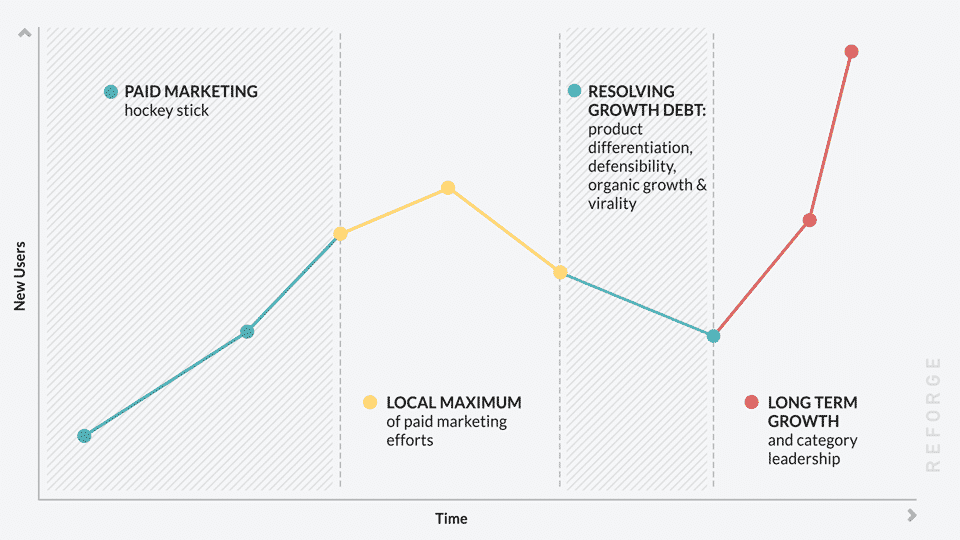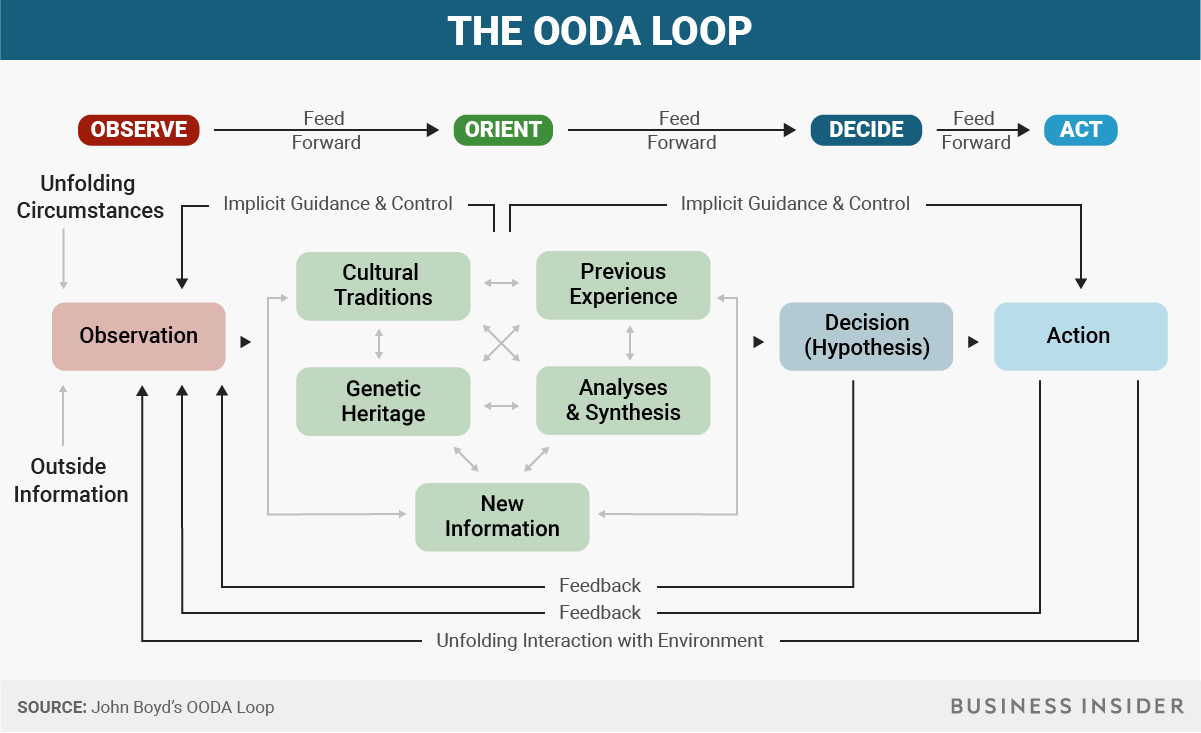Strategy is the art of distributing and applying means to fulfill a goal. It’s not movement. It’s how effective that movement is. The perfect strategy remains accomplishing the goal without any serious loss. Executing the perfect strategy happens using the indirect approach along the lines of both least expectation and least resistance. Flexibility allows you to pursue alternative objectives putting your opponents on the “horns of dilemma.”
Dislocation and exploitation are the underlying fundamentals of a sound strategy. Concentrating on tactics means we forget “the necessity of making the enemy do something wrong.” Use speed along with the indirect approach. As Hart explains using strategy means “the longest way around is the often the shortest way home.”
1. Adjust your end to your means.
Clear sight and cool calculation should prevail. Do not bite off more than you can chew. Keep a clear sense of what is possible Face facts while preserving faith. Confidence will be of no avail if the troops are run down.
2. Keep your object always in mind, while adapting your plan to circumstances
Recognize that alternatives exist but make sure they all bear on the object. Weigh the feasibility of attaining an objective against its contribution to the attainment of the end in mind.
3. Choose the line (or course) of least expectation.
Put yourself in your opposition’s shoes and try to see what course of action he will see as least probable and thus not try to forestall.
4. Exploit the line of least resistance — so long as it can lead you to any objective that would contribute to your underlying object.
Seize on opportunity — but not any opportunity. Tactically, this refers to following up on success; strategically, it refers to the management and deployment of your reserves.
5. Take a line of operation which offers alternative objectives.
Choose a single course of action that could have several objectives; do not let your actions reveal your objectives. This puts your opponent on the horns of a dilemma. It introduces uncertainty regarding that which is to be guarded against.
6. Ensure that both plans and dispositions are flexible — adaptable to circumstances.
Include contingencies or next steps — for success as well as failure. Organize and deploy your resources in ways that facilitate adaptation to either.
7. Do not throw your weight into a stroke whilst your opponent is on guard — whilst he is well placed to parry or evade it.
Unless your opponent is much inferior, do not attack until he has been disorganized and demoralized. Psychological warfare precedes physical warfare. Similarly, physical warfare can be psychological in nature.
8. Do not renew an attack along the same line (or in the same form) after it has once failed.
If at first, you don’t succeed, give up. Your reinforcements will likely be matched by the enemy. Moreover, successfully repulsing you the first time will morally strengthen him for the second.

![254 Direct-to-Consumer Brands Marketing Channel for Growth [Study] 254 Direct-to-Consumer Brands Marketing Channel for Growth [Study]](http://www.adamdoolittle.com/wp-content/uploads/2019/12/social-allocation-211x150.png)
